The Ethnographic Museum in Stockholm is located in Museiparken on northern Djurgården, along with a number of other museums. Here you step into a world of indigenous people, dance masks, poison darts and travel experiences from different eras.
Innehållsförteckning
Ethnographic Museum in Stockholm
The Ethnographic Museum in Stockholm belongs to the World Culture Museums, which in addition to the Ethnographic Museum include the Mediterranean Museum and the East Asian Museum, and the World Culture Museum in Gothenburg. These museums naturally attract those of us who like to travel and experience the world.
I (Helena) also have a somewhat special relationship with the Ethnographic Centre because for a short period of time I guided a temporary exhibition on hunting culture in the Western North here. A fun and different experience!
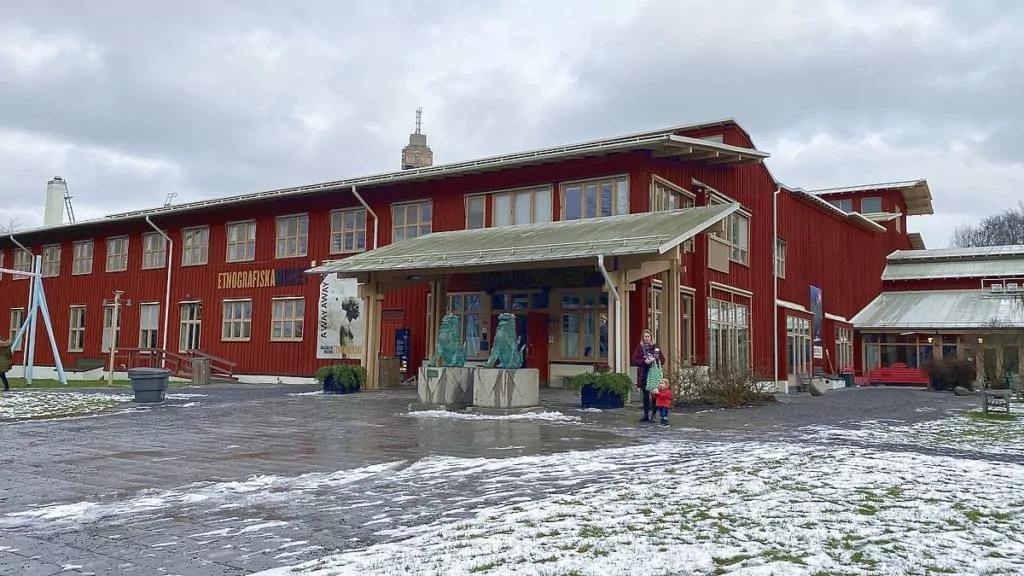
Exhibitions at the Ethnographic Museum in Stockholm
The Ethnographic Museum in Stockholm hosts a variety of exhibitions, most of which are on display for the time being. We started by checking out the museum's temporary exhibition.
Temporary exhibition: A way away
On display until 24 May 2020, the exhibition 'A way Away' explores Swedish photographers' encounters with the world between 1862 and 2018. Through their photos you can see what they noticed and what they chose to show from their travels.
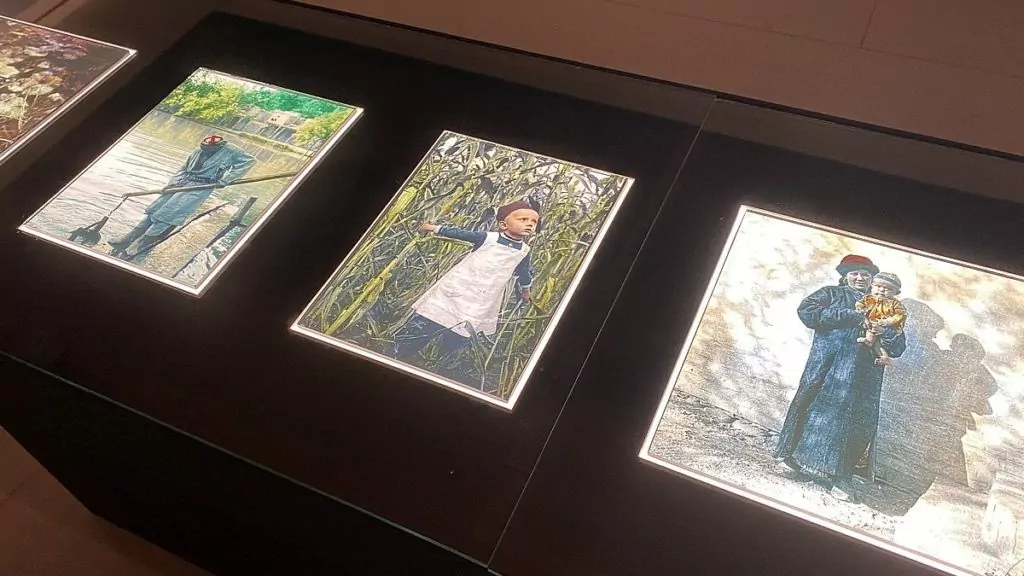
Indigenous peoples in 3 climates
The 'Indigenous Peoples in 3 Climates' exhibition focuses on Australia, the Amazon and the Arctic. The museum shows how indigenous peoples have been displaced by colonisation and exploitation throughout history. The exhibition includes the drought in Australia, the shrinking rainforests in the Amazon and the melting ice in the Arctic.
North America
If you like Indians, you should definitely check out the exhibition on North America. Here you can learn about the lives of Native Americans in different eras, how they were "schooled into whites" and also how they were portrayed in literature, comics and films.
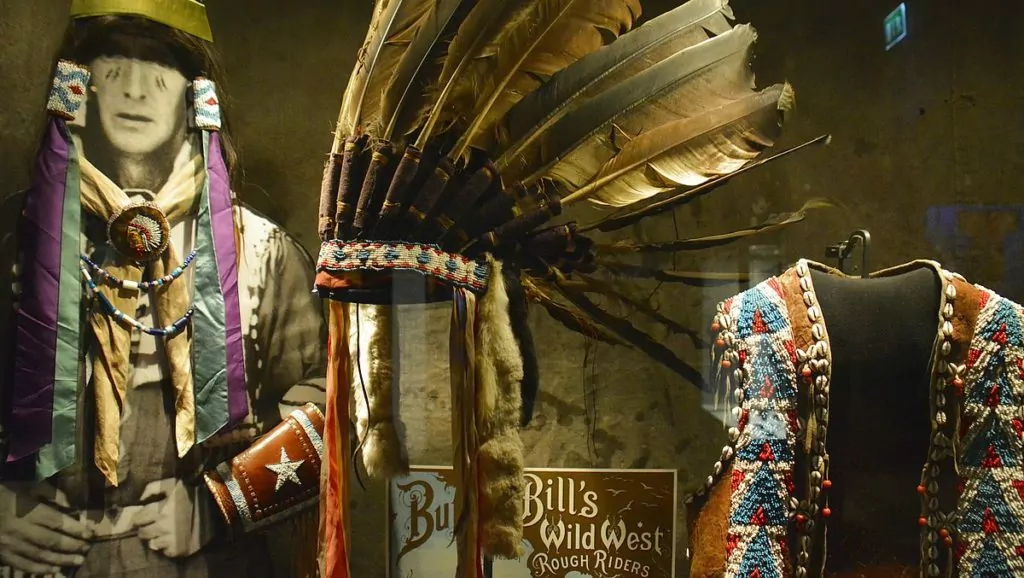
Japan image and self-image
Fascinated by Japanese culture, the exhibition offers visitors the chance to learn about traditional Japan from the 17th to the late 19th century. Also on display are never before exhibited artefacts from Japan's indigenous Ainu people.
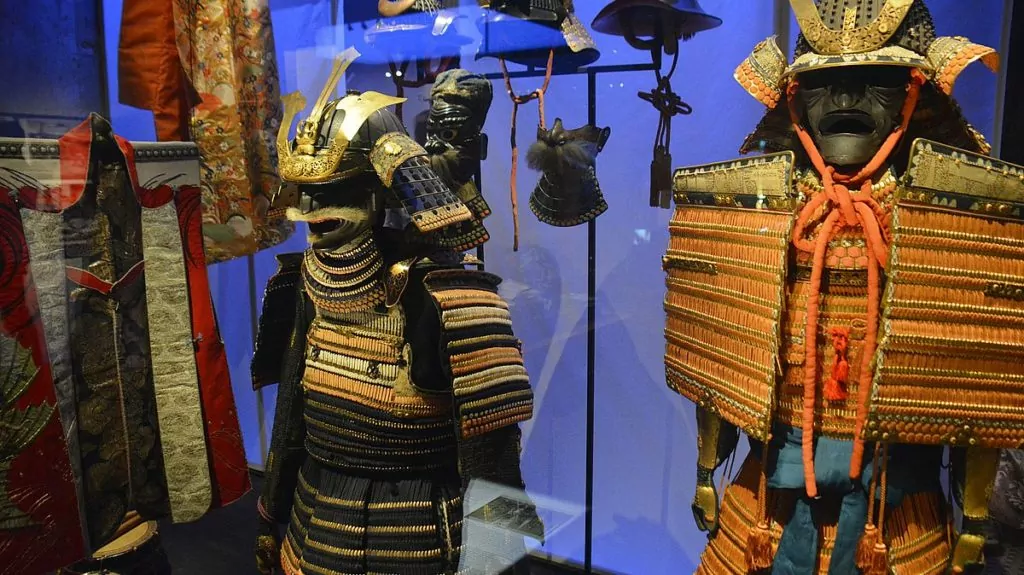
The magazine
In the 'Warehouse' you can get lost in a huge collection of gadgets - figures, masks and arrows. This part of the Ethnographic Museum contains no less than 6000 (!) objects from all over the world.
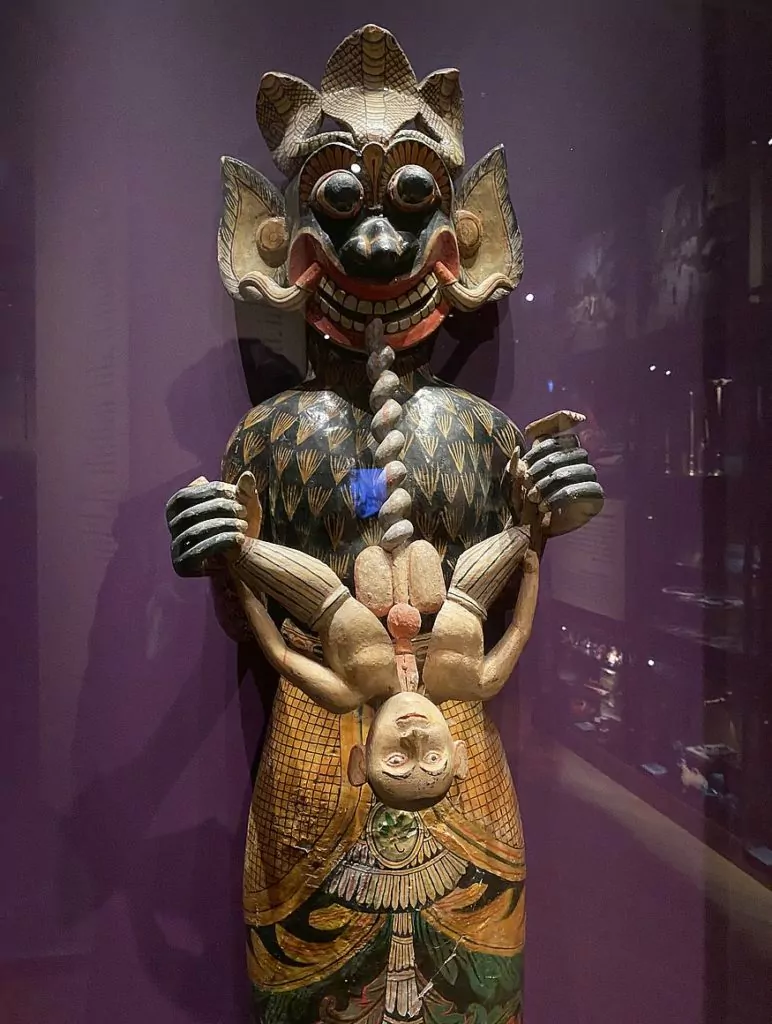
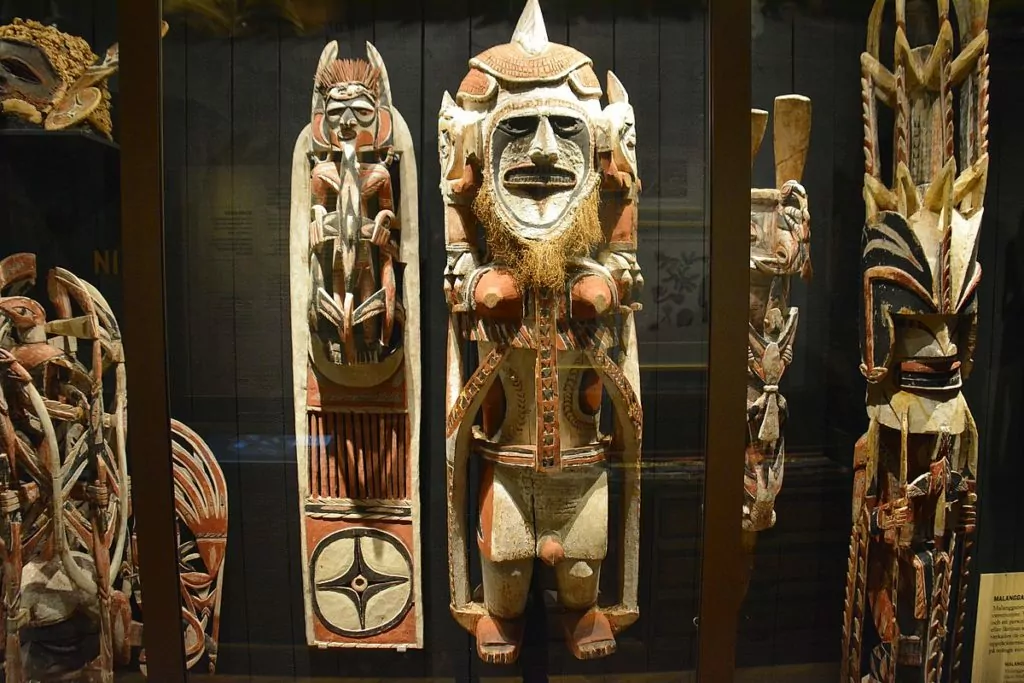
With the world in the bag
Maybe we Swedes have always liked travelling? But how do we view other cultures and how do we behave when we meet them (past and present)? The exhibition "Med verden i kappsäcken" is about Swedish adventurers from the past, and how they chose to show the world when they came back to Sweden. We also saw a small stand about Saint-Barthélemy, which was a Swedish colony in the Caribbean between 1784 and 1878.
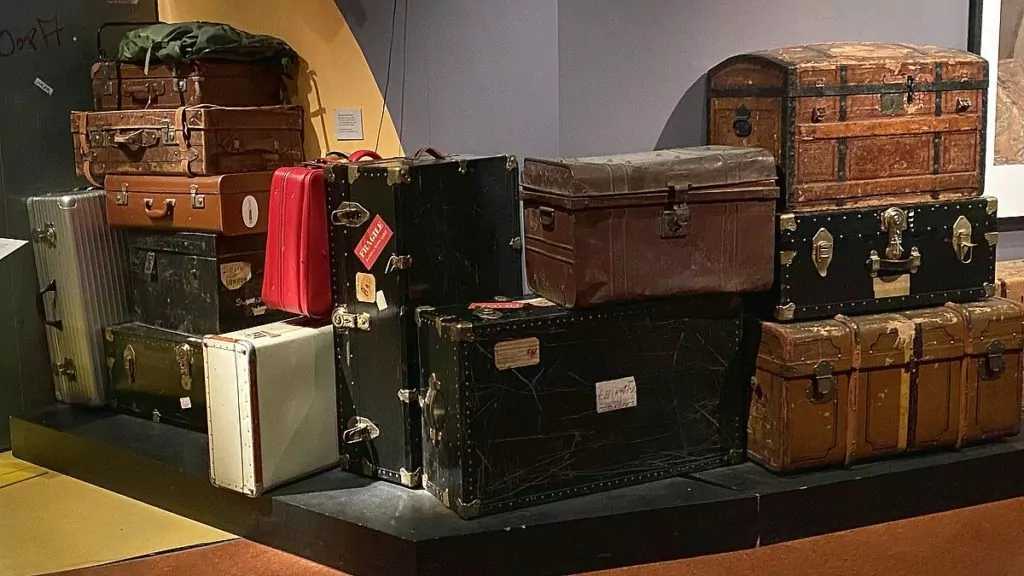
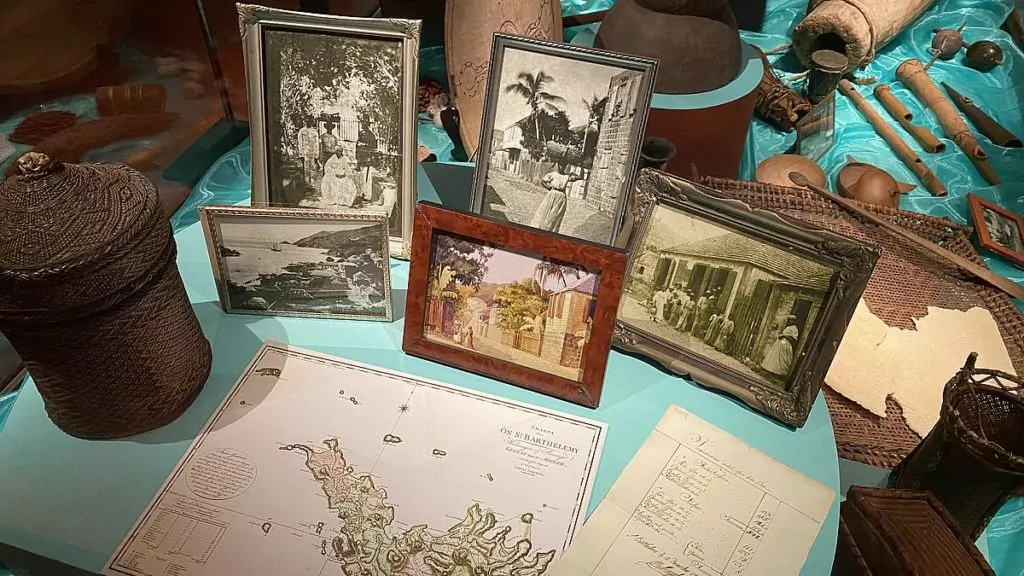
More exhibitions at the Ethnographic Museum in Stockholm
There are quite a few exhibitions at the Ethnographic Museum and we didn't have time to look at all of them. In addition to the ones we mentioned, there's "Art Treasures from Benin", "The Story of the Dance Mask", "Creole", "Cook 250" and "Africa in Progress" (which also includes workshops and lectures). In September 2020, an exhibition called "Human Nature", which is about the climate and our consumption, among other things.
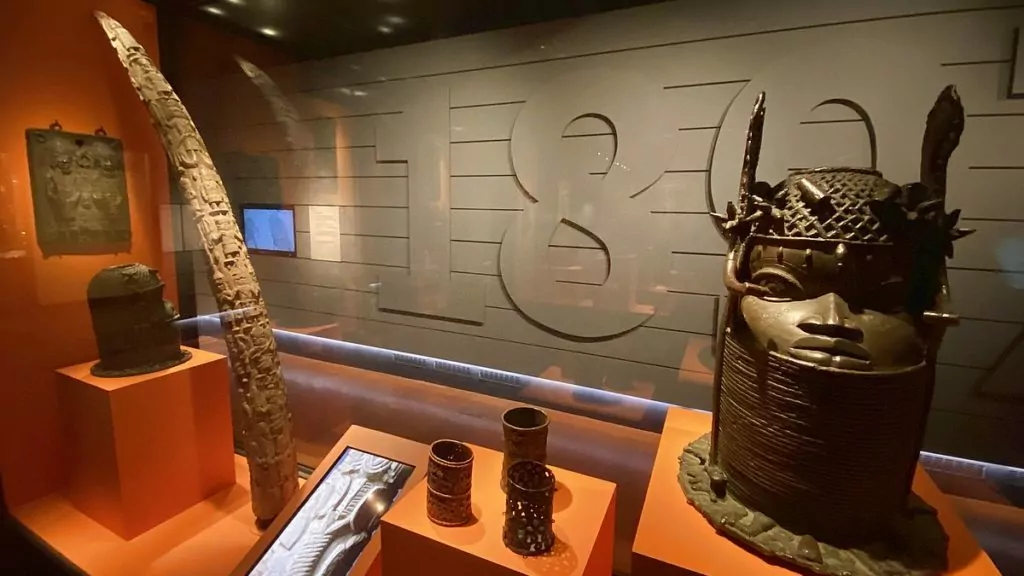
The Matmekka restaurant at the Ethnographic Museum
We took the opportunity to have lunch and a beer at the Matmekka restaurant in the museum. It offers Asian food and beer from different parts of the world. For us it was a goulash stew and a Thai beer.
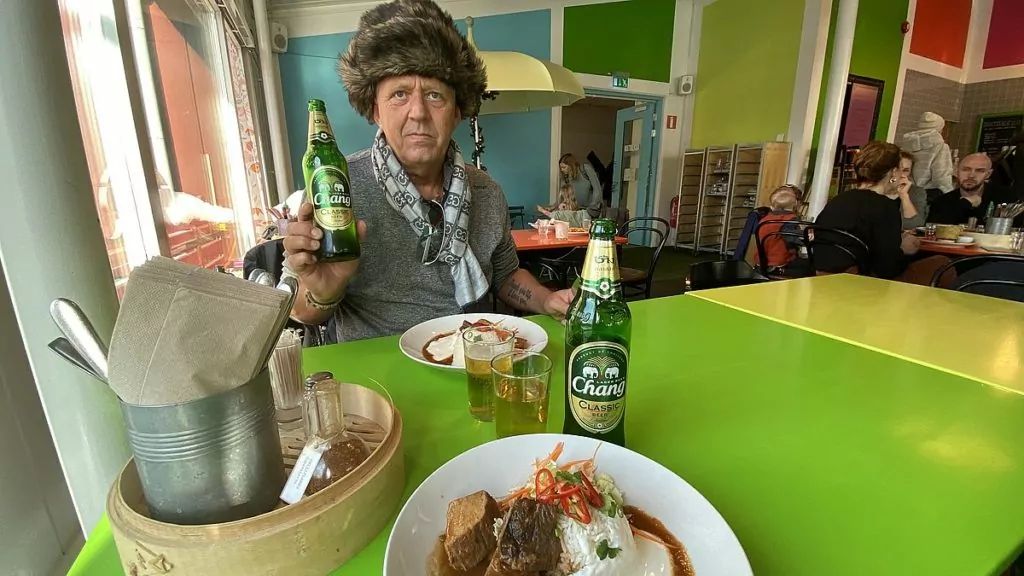
What did we think of the visit to the Ethnographic Museum?
We visited both the Maritime Museum and the Ethnographic Museum during the sports holidays. Not so well thought outwe know! Instead of stepping into a peaceful museum environment, we walked straight into an ongoing carnival (!) with the drums thundering and the kids cheering. It was certainly a super fun holiday activity for all families with children, so a big praise for it, but for our own part we could have thought of slightly lower noise level, haha.
There are many exciting things to see at the Ethnographic Museum and after one visit I still feel there are things left to explore. Taking a guided tour would be interesting!
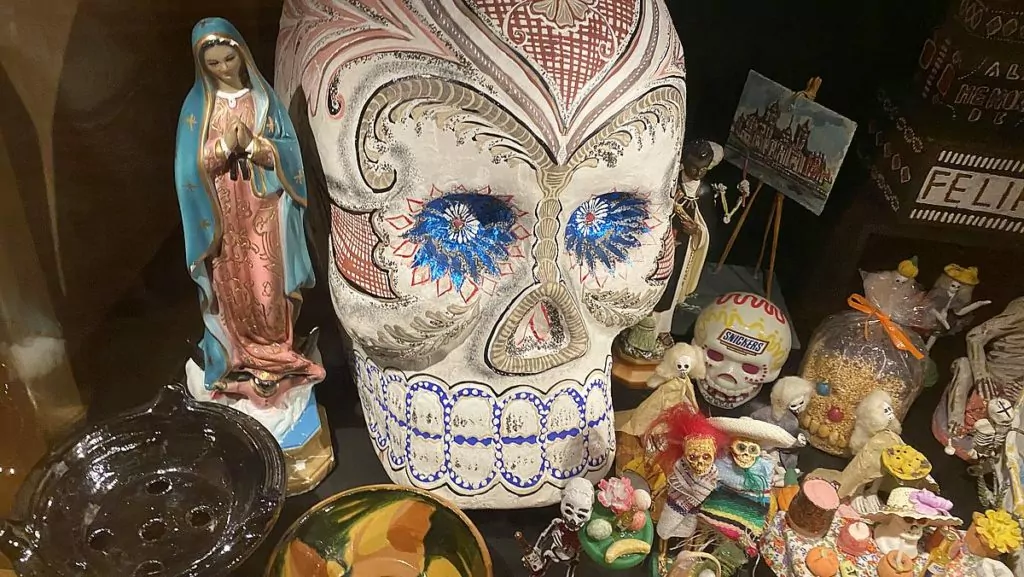
Have you been to the Ethnographic Museum in Stockholm? What did you think?
Facts about the Ethnographic Museum in Stockholm
- Address: Djurgårdsbrunnsvägen 34
- Location: In Museiparken on Gärdet, northern Djurgården in Stockholm.
- More info: You can find more information at the museum's website.
Opening hours
- Regular opening hours: Tuesday-Sunday 11-17 and Wednesday 11-20 (2020).
- Different opening hours: The Ethnographic Museum is closed on certain public holidays and on certain days with different opening hours. See the museum's website for current information.
- The library: Open by appointment.
Prices
- Entrance: Free admission (2020).
- General screenings: 20 kroner (2020).
- Group tours: Group tours for larger groups can be booked for a fee. See the museum's website for current prices.
Services and practical information
- Young children: You can bring a pram into the exhibitions. There is a pram parking area outside the Matmekka restaurant. Changing rooms are available in all toilets.
- Storage: Storage cabinets are available for bags etc.
- Shop: There is a museum shop with books, toys, jewellery etc. from all over the world.
- Food service: Restaurant Matmekka serves, among other things, Asian food and pastries. You may, subject to availability, eat your own food in the designated area.
Tours and activities
- Views: Public tours are organised according to the calendar on the museum's website.
- Group tours: Group tours for larger groups can be booked in advance (for a fee). You can choose different themes, such as the museum's temporary exhibition, the Japanese tea house, Japan of the Edo period, and so on.
- Activities for children: The museum organises, for example, family Sundays, storytelling and holiday activities. See the museum's calendar for the current programme.
- Friendly societies: There are two friends associations, the Friends of the Ethnographic Museum and the Friends of the Zui-Ki-Tei Tea House.
- Conference and events: The Ethnographic Museum has meeting rooms for hire.
Accessibility
- Parking: There are two spaces for people with disabled parking permits in front of the visitor entrance, two in front of the Technical Museum and one in the regular visitor car park.
- Entrance: The entrance is at street level and there are no stairs. There are automatic door openers.
- Availability of premises: All exhibitions at the Ethnographic Museum are accessible by wheelchair. Wheelchairs can also be borrowed at the entrance. There are two visitor lifts with a width of 110 cm. If these lifts are too small, a larger lift can be borrowed if necessary. To visit the Japan exhibition, there is a lifting table/lift that can be used with the help of a museum host.
- Visual impairment and hearing loss: The museum's auditorium is equipped with a hearing loop. Guide dogs can be brought along. Some parts of the exhibition may appear dark. At certain times, guided tours are organised with a sign language interpreter or with tactile elements.
Getting here
- Car: There are about 50 parking spaces in the Museum Park, but during school holidays and weekends it can be difficult to find free spaces.
- Bicycle: Cycling is possible and bicycle racks are available.
- Bus: Take bus 69 to the Museiparken stop.
- Underground railway: Take the metro to Karlaplan metro station. From here it takes about 25 minutes to walk.

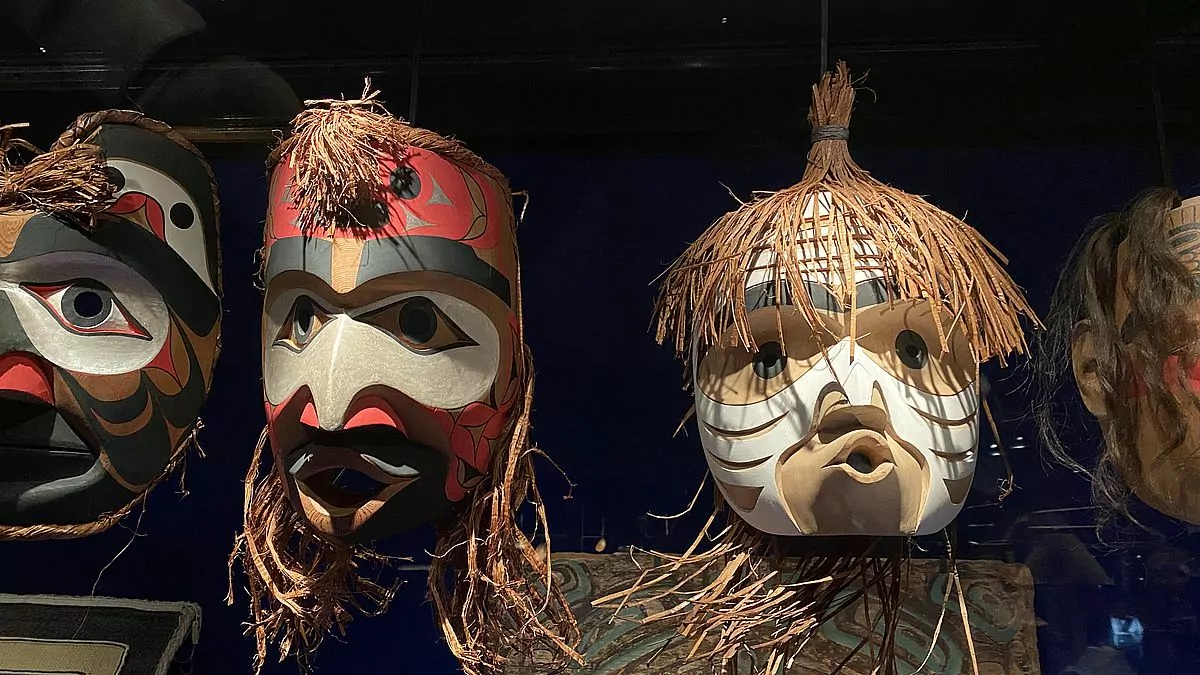








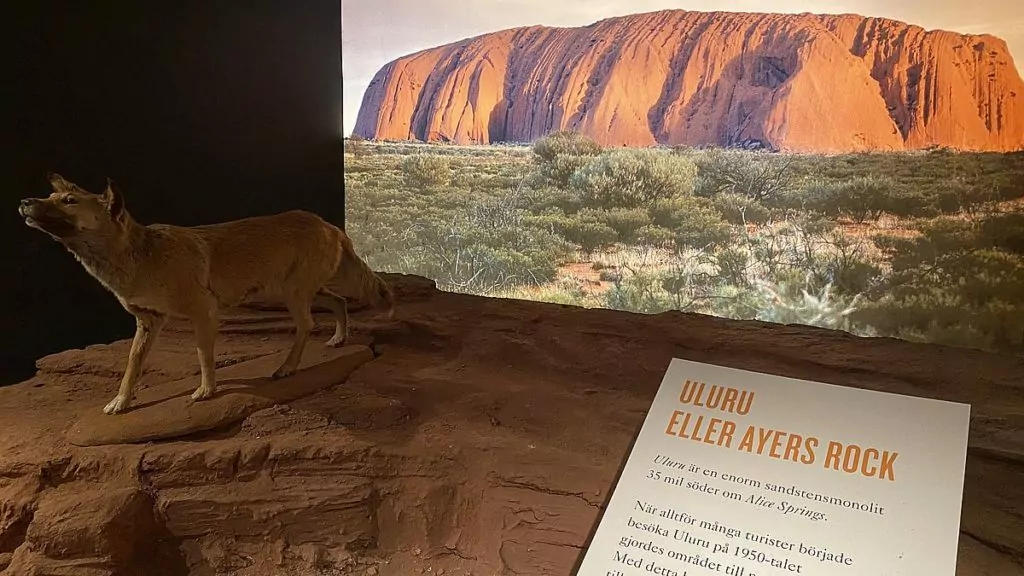
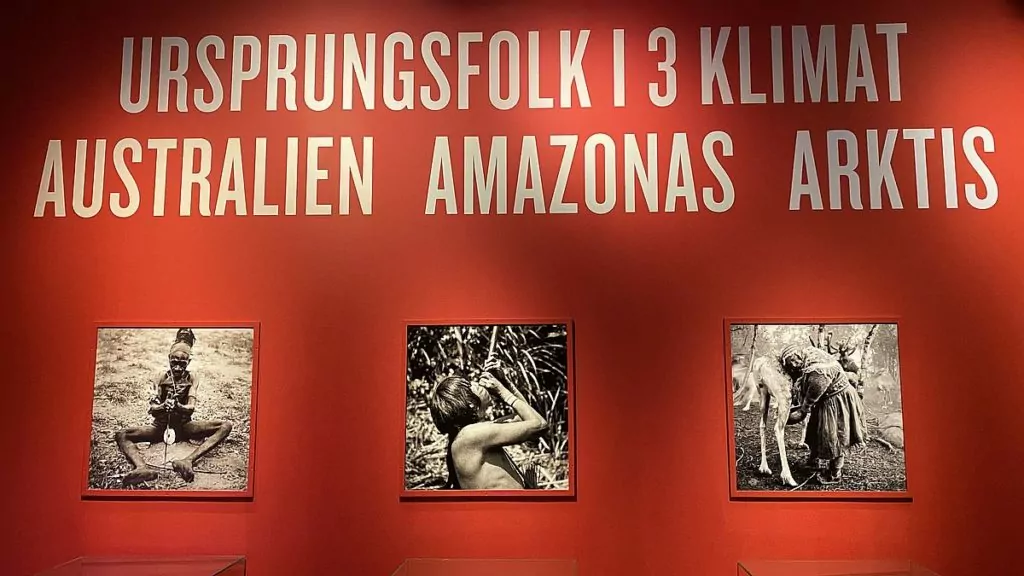



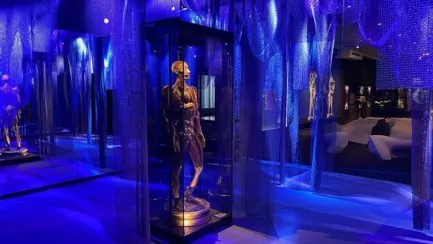
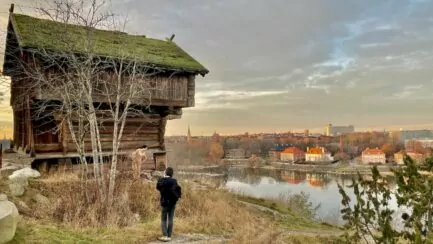
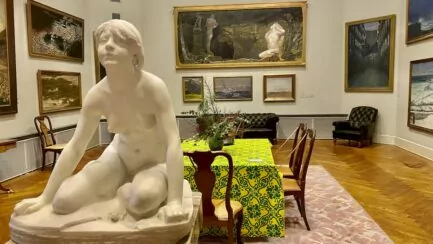
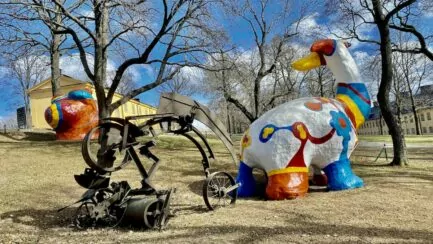



Marias memoarer says:
Oh, seems really interesting? Should suggest it next time I visit my aunt near Stockholm?
05 March 2020 - 8:40
Storbarnsmamman says:
I do not see anywhere that you are advertising the motorhome fair in Kista this weekend. Why don't you bring it up or have I completely missed it isf? Do you have tips on motorhome fairs and other useful information for us who are in the starting blocks to buy a motorhome.
05 March 2020 - 10:05
Helena says:
It's true that we haven't written much about it. However, here are some tips on motorhome and travel fairs throughout the year: https://www.freedomtravel.se/2020/01/massor-2020-om-resor-aventyr-och-camping/
05 March 2020 - 11:49
Ditte says:
Fun visit but full speed I can imagine with children and parents on holiday. I have been to Ethnografiska quite a few times but a while ago now. Would love to see the photo exhibition which right now seems exciting. Thanks for the tip! For my part, in March, I will have fikus at the City Museum with various tours and lectures.
05 March 2020 - 15:00
BP says:
I also visited that museum a very long time ago. Soon you will have visited most of the museums in and around Djurgården;-)
05 March 2020 - 20:29
Helena says:
You might think so, but there are still a bunch left ... so many museums in Stockholm! (But we're not in a hurry, we'll take a visit now and then, when we have the time and inclination).
06 March 2020 - 7:19
Ann-Louise Paulsson says:
Nice that you visited so many museums. I've been keen to go to the Ethnographic Museum but it hasn't happened yet.
06 March 2020 - 22:58
Lena - gott för själen says:
Hey, that museum seems really interesting. I knew it existed, but for some reason it has not attracted me before. We will certainly visit it in the future. Not on a sports holiday though 🙂 Thanks for the tips!
Hug Lena
08 March 2020 - 8:25